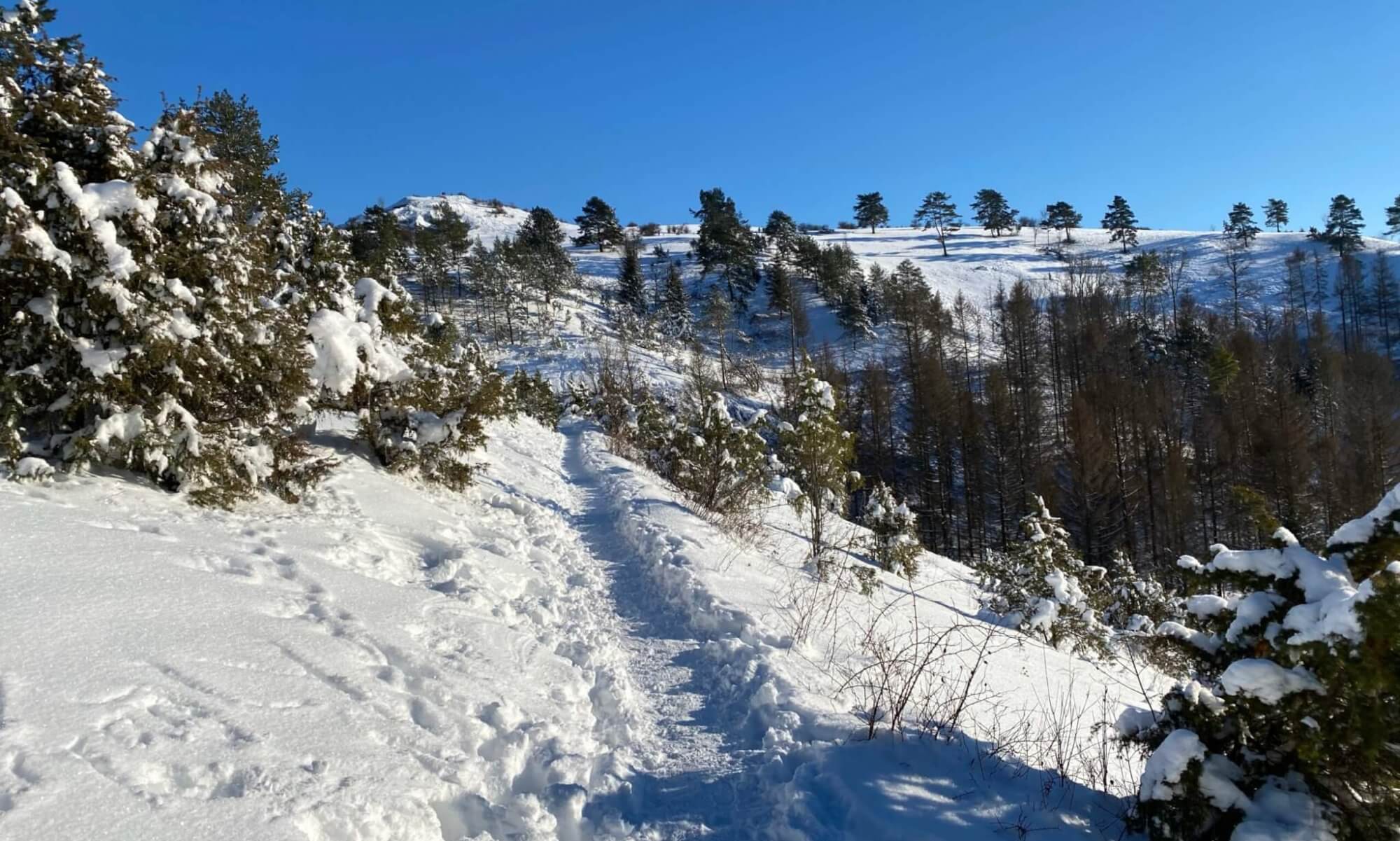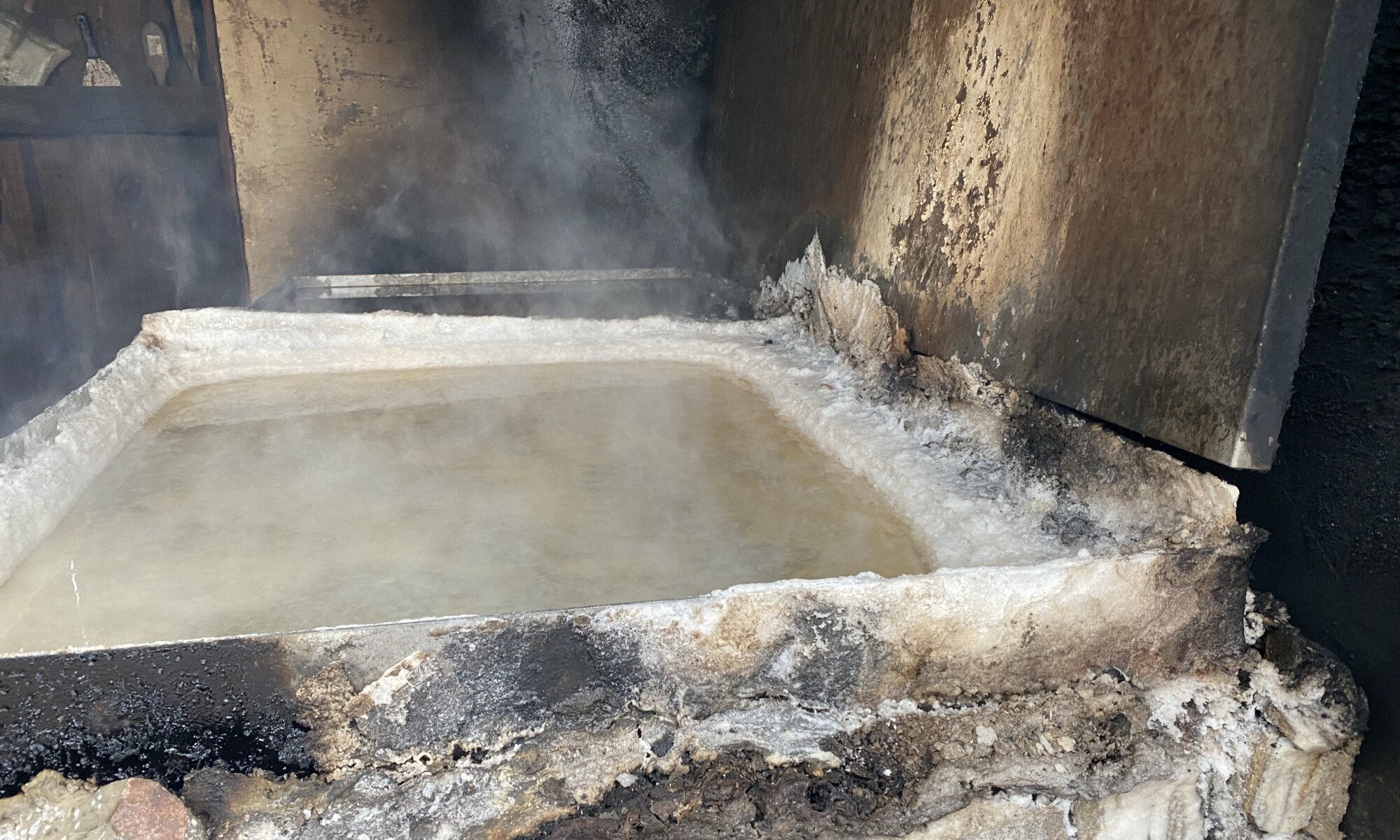Did you know that Lüneburg became rich because of the salt underneath the city? It is said that while hunting a wild boar appeared who was covered in salt. By that the people found out about the salt that was washed out by ground water. They pumped this so called brine to the surface, distributed it with wooden pipes throughout the city, cooked it in large pans and thereby recovered the white gold.
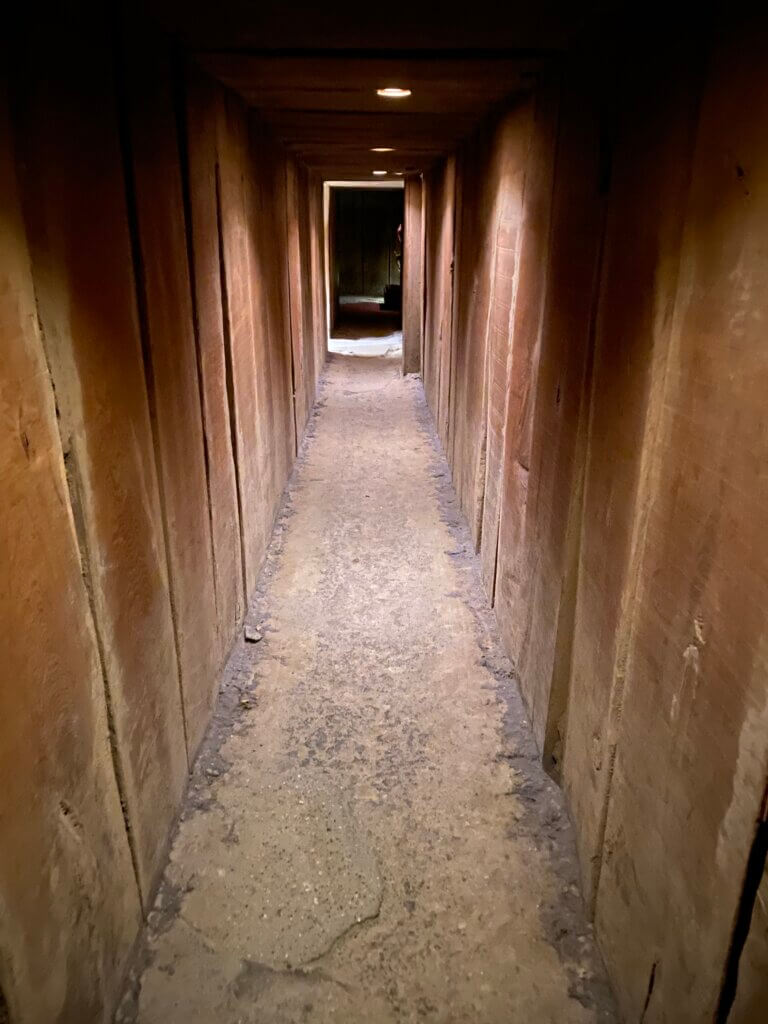
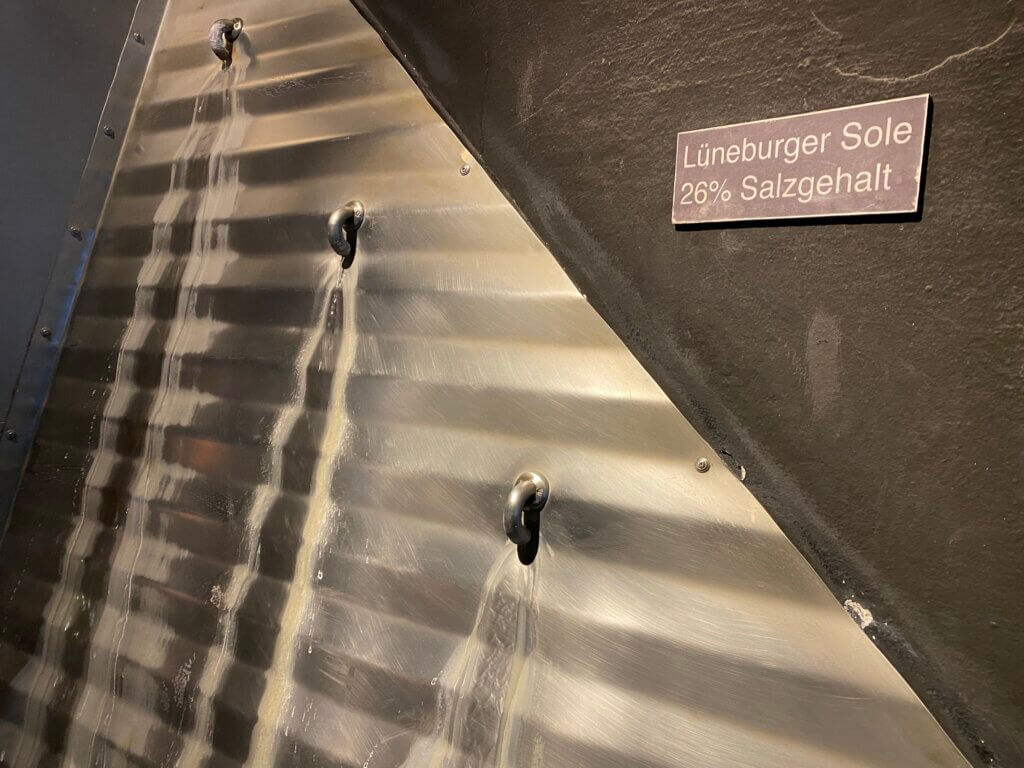
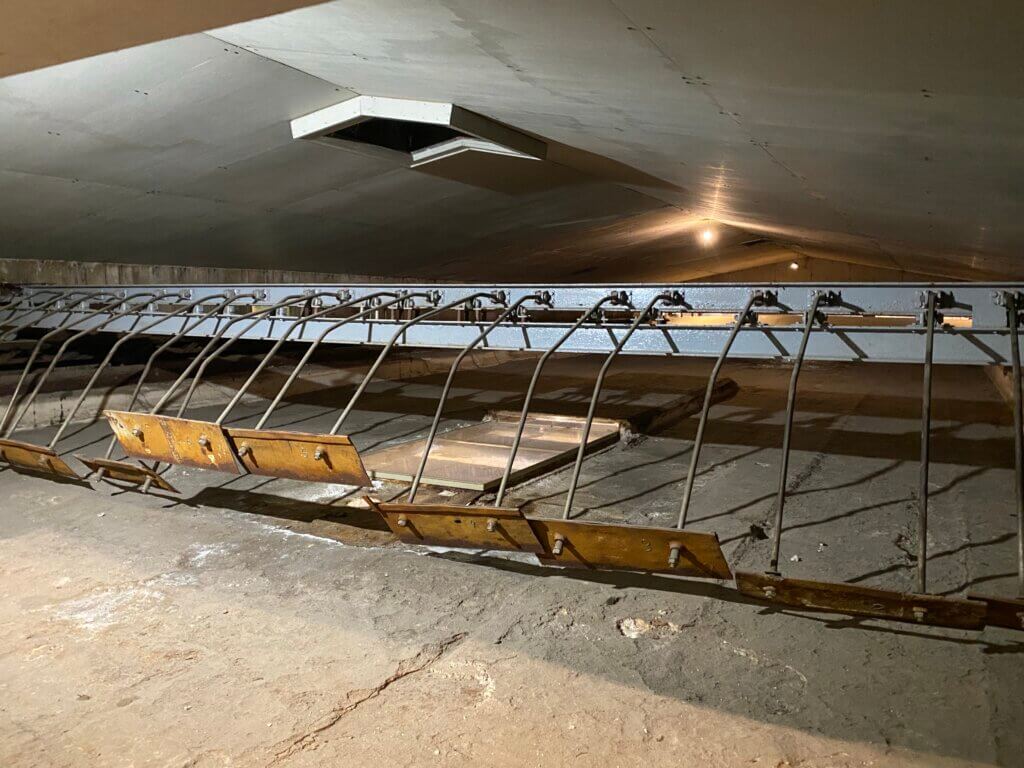
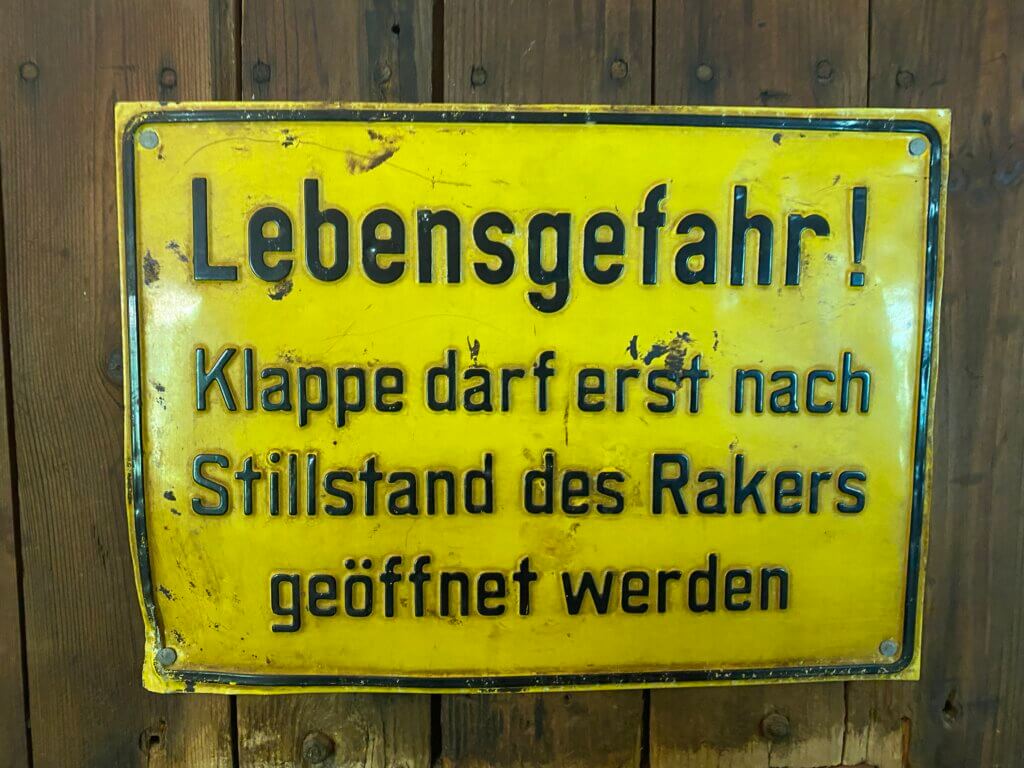
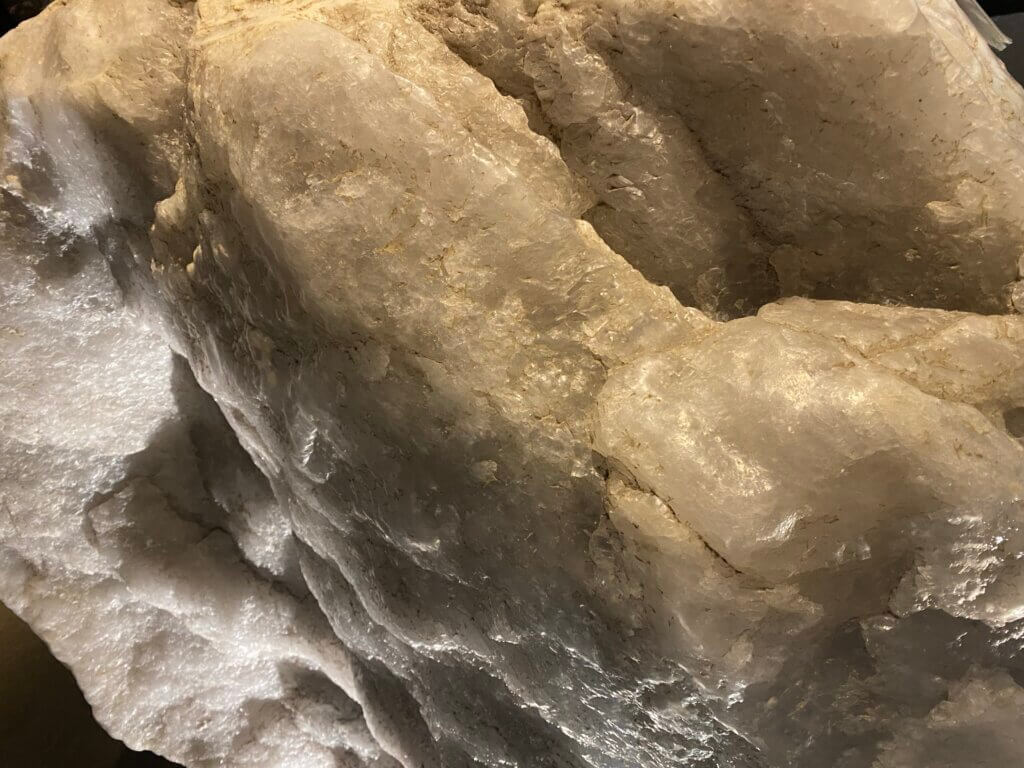
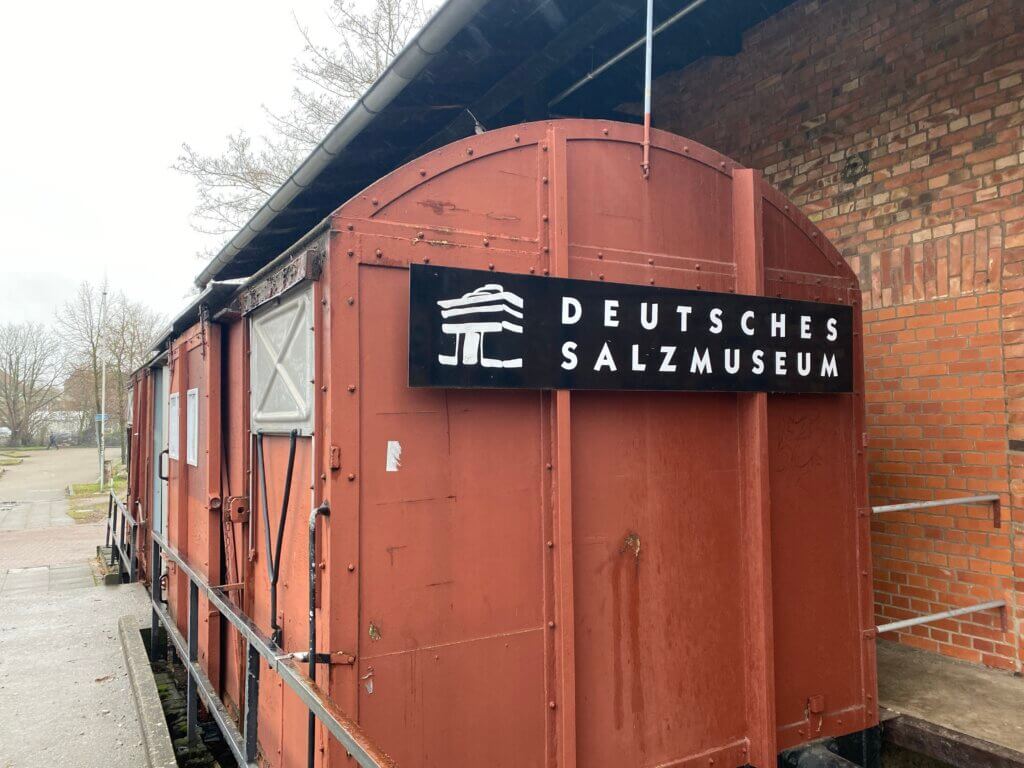
The brine of Lüneburg contains 26 % of salt which is close to the dead sea in Israel with 28 %. Unfortunately, this removal of salt and water from the underground made parts of the city sink in. To avoid more and more damage to the buildings the saline was closed in 1980. Today in its place you can find the Deutsches Salzmuseum where you can learn about the importance of salt and how it was recovered in the past.
You can still see the large iron pans which were used, but in contrast to the still active saline Luisenhall in Göttingen you can’t see it in action. They just have a smaller pan to explain how it once worked. But nevertheless the Deutsches Salzmuseum is worth a visit if you want to learn how salt was produced in Germany in the past. Nowadays it is mostly taken from mines directly.
Deutsches Salzmuseum
Sülfmeisterstraße 1
21335 Lüneburg
Germany
Loading map...

